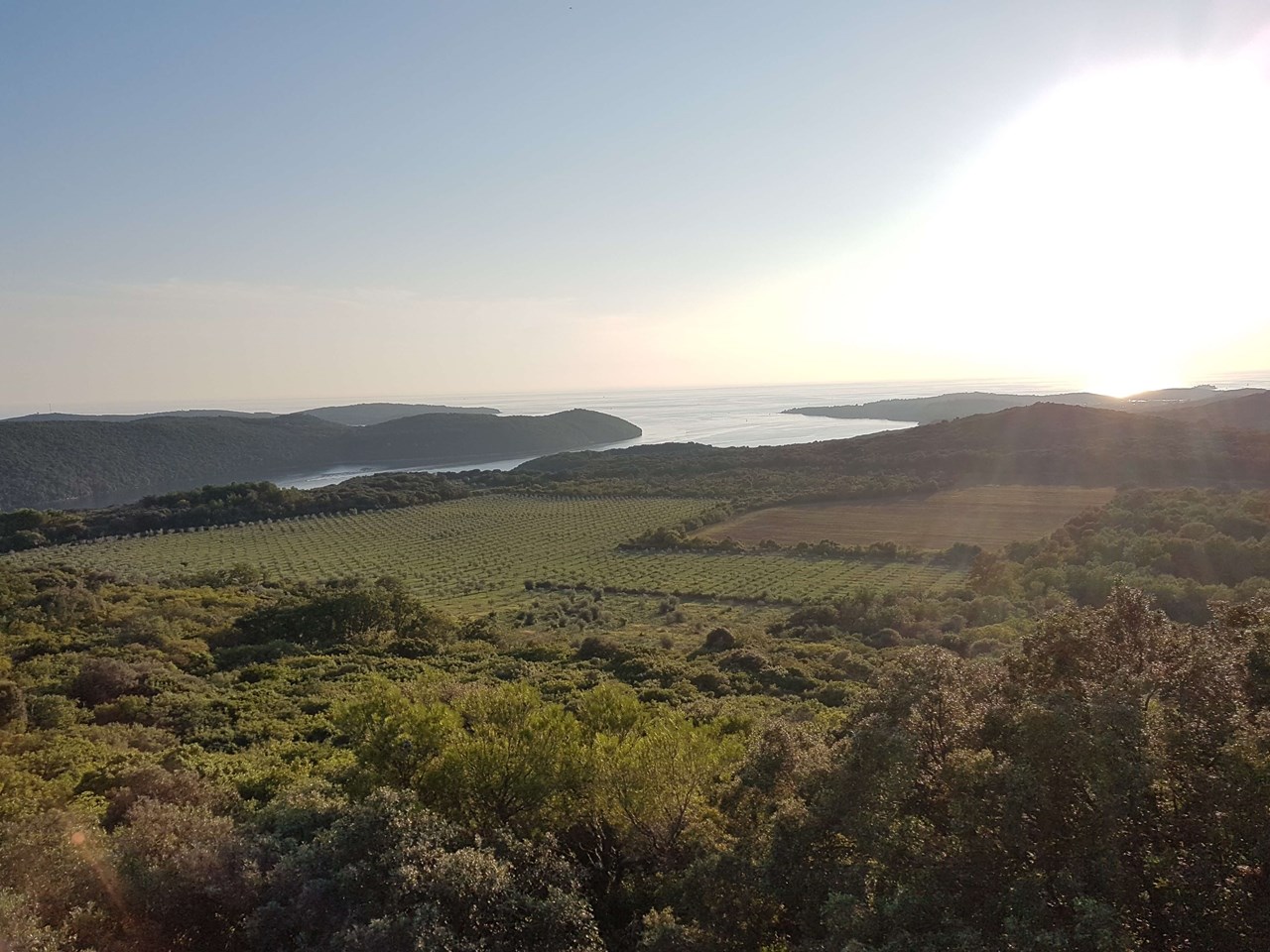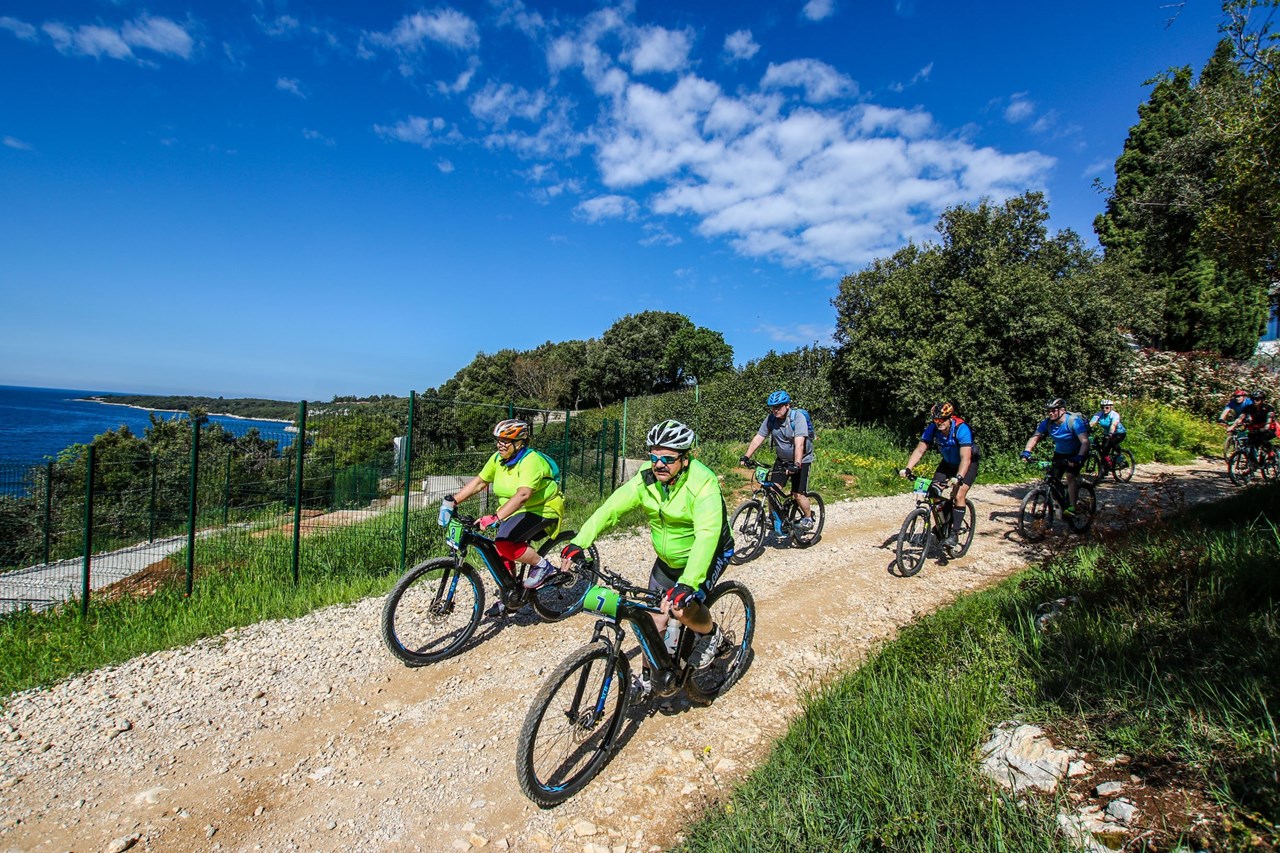

The Kontija forest is a forest area spread across 65 hectares, located between the settlements Kloštar, Gradina and Flengi (Prodani). The Oriental hornbeam vegetation, nearly a century and a half old, dominates the forest. There are many beautiful excursion spots in the forest as well as well maintained hiking and cycling trails.
The Kontija forest is home to the best-preserved Oriental hornbeam (Carpinum orientalis) vegetation surface. It is over 140 yo

The area has been a part of the eponymous forest reserve since 1964. However, it came into existence and was cultivated much earlier – starting from the period of the Austro-Hungarian Monarchy. The forest vegetation on this area has been well-known since the Middle Ages and Modern Period. The Kontija forest is home to the best-preserved Oriental hornbeam (Carpinum orientalis) vegetation surface in its typical form. It is over 140 years old and very valuable, therefore of particular scientific interest since such forests in Istria have been degraded and reduced mostly to flowering ash trees due to exploitation. Apart from the prevailing European hornbeam, this forest expanse contains downy oak (Quercus pubescens), flowering ash (Fraxinus ornus), Montpellier maple (Acer monspessulanum), Turkey oak (Quercus cerris), prickly juniper (Juniperus oxycedrus) and common juniper (Juniperus communis).
The shrub layer contains the following plants: mahaleb cherry and blackthorn (Prunus mahaleb and Prunus spinosa), Cornelian cherry (Cornus mas), wild privet (Ligustrum vulgare) and European smoketree (Cotinus coggygria).
The herbaceous layer contains hellebore (Helleborus multifidus), butcher’s-broom (Ruscus aculeatus), autumn moor grass (Sesleria autumnalis) and wall germander (Teucrium chamaedris).
The area of Kontija is an ideal oasis of peace, quiet and natural ambiance very suitable for hiking, one-day excursions, recreational cycling.

Like a coordinate system, the forest is intersected by a system of maintained Macadam paths and 141 boundary markers from the Austrian period. In the forest area there are also the remains of Mukaba, one of the better examples of a prehistoric settlement with visible and numerous ruins of fortifications built using the drywall technique. Mukaba is not only one of the most beautiful natural viewpoints over the Lim Bay, St Euphemia, Vrsar and the islands near it, but also offers an excellent view of the entire Kontija forest and settlements in the Vrsar hinterland. Therefore a lookout tower has been built on it for use during the summer months.
The area of Kontija is an ideal oasis of peace, quiet and natural ambiance very suitable for hiking, one-day excursions, recreational cycling (there are shorter, longer and circular cycling trails) and non-aggressive stay in nature. The branching system of trails running across it connects significant and ambientally valuable locations such as the monastery of San Michele di Leme, Lim Bay, Mukabe and flattened karst around the airport of Vrsar over the Lim Bay. The remains of Mukaba, with its features for holidaymakers, have a special ambiental and historical value.